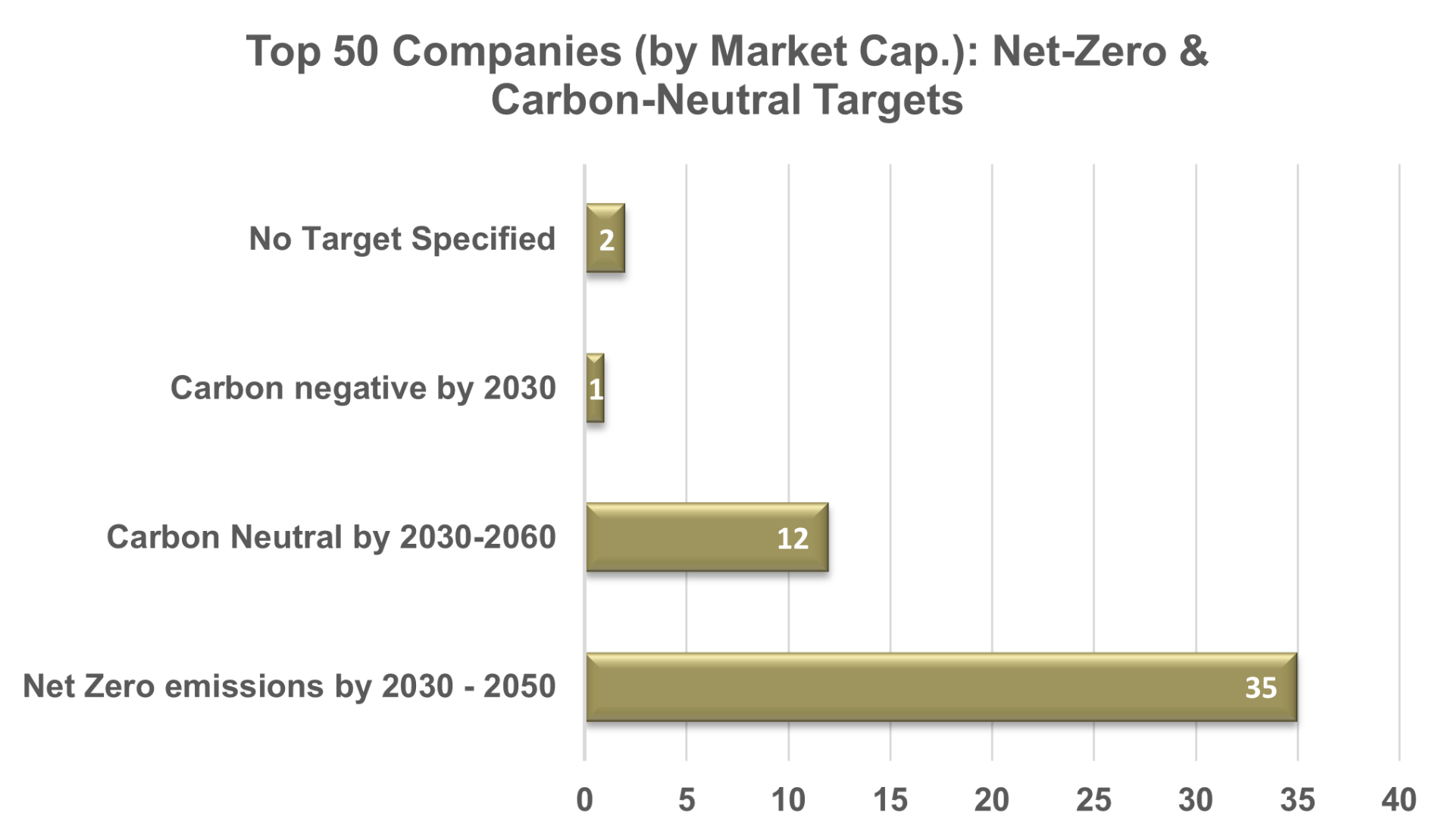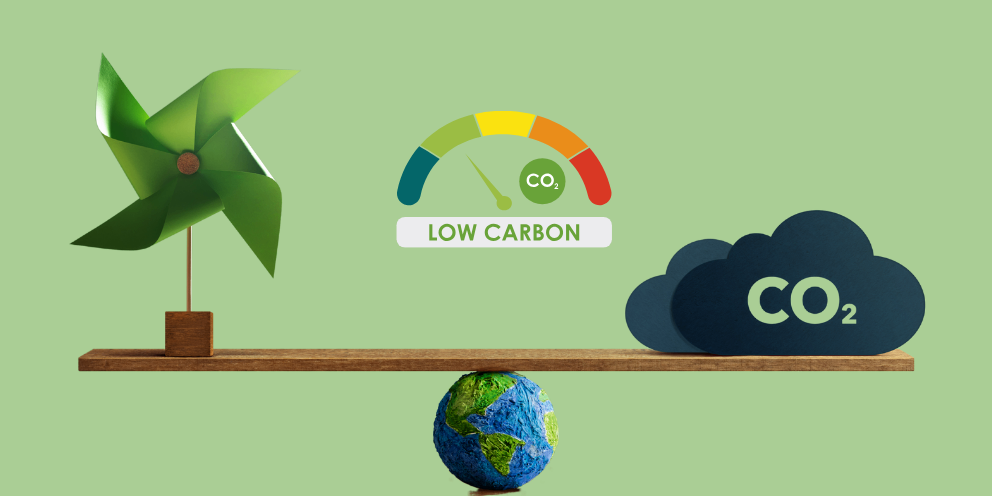What Is a Carbon Project?
A carbon project is an activity that measurably reduces or removes greenhouse gas (GHG) emissions compared to what would have happened under a business-as-usual scenario. The climate impact is calculated in terms of carbon dioxide equivalent (CO₂e), allowing different gases to be compared based on their warming potential.
When these reductions or removals are verified, the project can generate carbon credits, where:
1 carbon credit = 1 tonne of CO₂e reduced or removed
Each credit is uniquely registered and publicly recorded
Once used, a credit is retired, meaning it cannot be claimed again
Independent third-party experts validate the project design and verify results to ensure the claims are real, measurable, and monitored over time.
Why Carbon Credit Quality Matters?
As voluntary carbon markets have expanded, credit quality has varied widely. Some credits represent strong, measurable climate benefits — while others have faced criticism for unclear baselines, weak monitoring, or exaggerated claims. This is why credit quality needs a consistent global benchmark.
Who Sets the Benchmark for Carbon Credit Integrity?
The Integrity Council for the Voluntary Carbon Market (ICVCM) was formed in 2021, building on the work of the Taskforce on Scaling the Voluntary Carbon Markets (TSVCM). Its role is to define what counts as a high-integrity carbon credit.
To do this, ICVCM developed the Core Carbon Principles (CCPs) — a globally recognised quality standard shaped through input from scientists, Indigenous groups, policymakers, NGOs, market actors, and technical experts.
The ICVCM does not replace existing crediting standards such as Verra, Gold Standard, or Puro.Earth, etc. Instead, it evaluates and approves crediting programs and methodologies against the CCPs, acting as an oversight and quality assurance layer.

| Principle | What it means, in simple terms |
|---|---|
Effective Governance | The crediting program must have strong oversight — transparent, accountable, and committed to continuous improvement. |
Tracking | The program must use a registry (or equivalent) to uniquely identify, record, and track each project and credit, so that nothing is ambiguous. |
Transparency | The program must publicly provide complete information on all credited mitigation activities in an accessible format. |
Independent Validation & Verification | The program must have third-party, independent validation and verification of the mitigation activities. |
Additionality | Emission reductions or removals claimed must be those that would not have happened without the incentive created by carbon credit revenue. |
Permanence | The reductions or removals must be lasting. If there is a risk of them getting reversed, there must be measures to manage and compensate for those reversals. |
Robust Quantification | Reductions or removals must be quantified using scientific methods, conservative assumptions, and complete data. |
No Double Counting | A carbon credit can be claimed only once; if used internationally, a Corresponding Adjustment may be required to avoid overlap with national climate targets (NDCs). |
Sustainable Development Benefits and Safeguards | Mitigation activities must follow strong social and environmental safeguards, deliver positive development benefits, and align with best practices. |
Contribution towards Net-Zero Transition | Mitigation activities must avoid locking in high-emissions infrastructure or practices incompatible with achieving net-zero greenhouse gas emissions by mid-century. |
If any of the core quality criteria are not met, the credibility and integrity of the carbon credits may be compromised, potentially reducing trust and market value.
